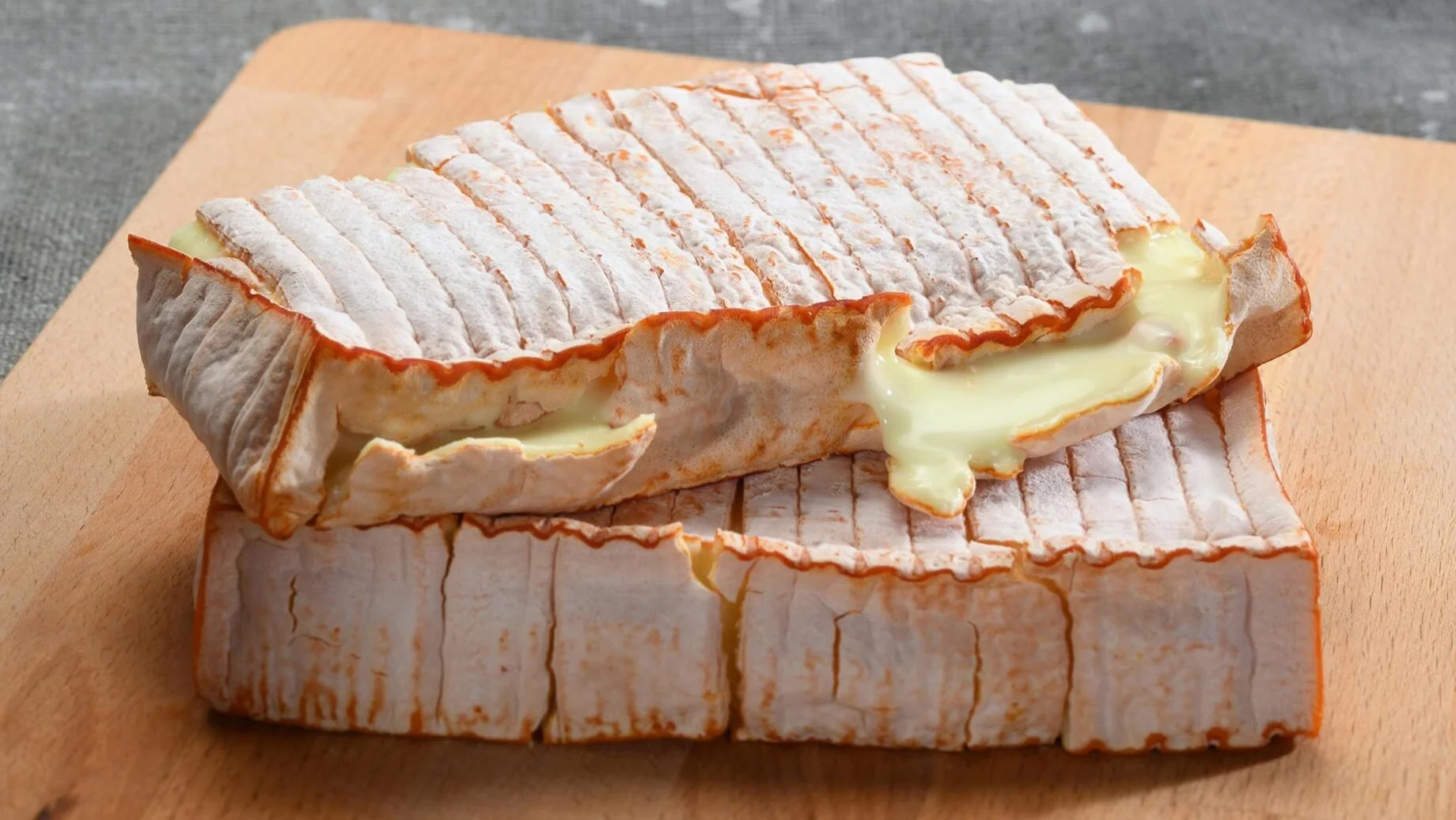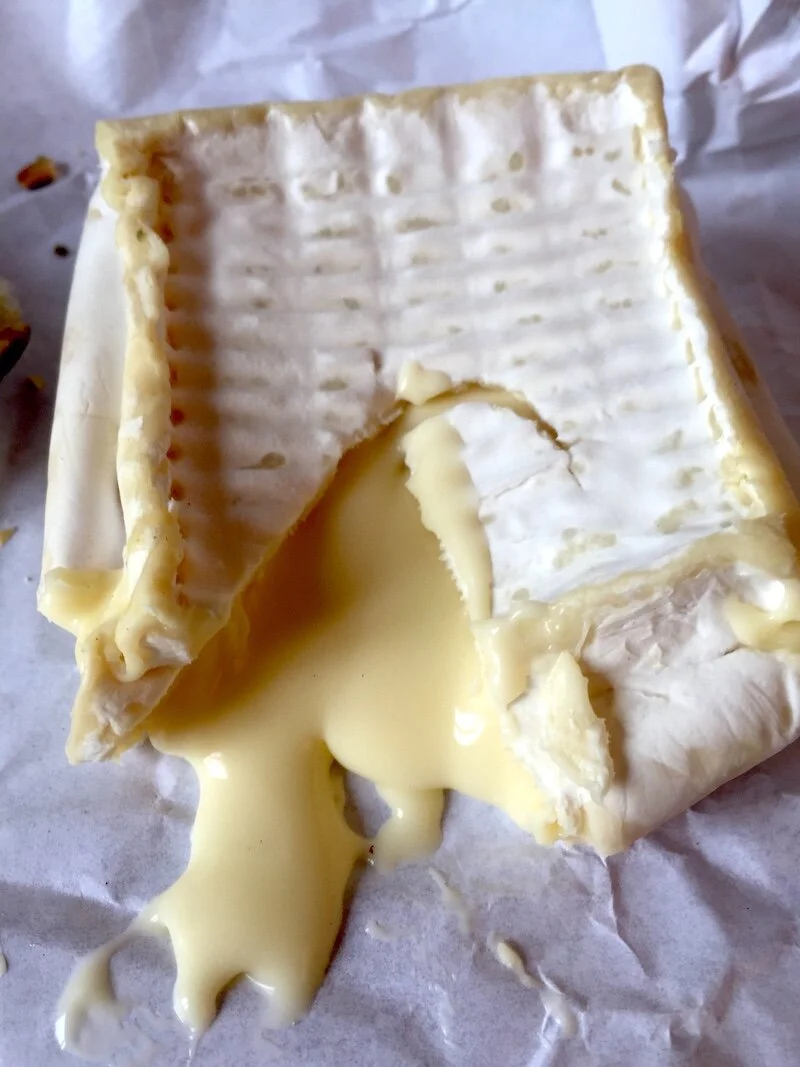Photo: Creative commons/Jorchr
World Cheese Encyclopaedia - Each Sunday learn all about a new cheese.
This week Ädelost from Sweden.
Photo: catalog-cs.info
Country: Sweden 🇸🇪
Region: All Sweden
Made from: Cow’s milk
Pasteurised: Yes
Texture: Creamy
Taste: Blue, sharp, spicy, salty tang
Certification: No
Aging: 8 – 12 weeks
Ädelost meaning literally « noble cheese » is Sweden’s only original blue cheese and was created as an alternative to imported French blue cheeses. The cheese is made from cow's milk and is aged for 8-12 weeks. It is produced much like the well known Bleu d'Augverne cheese from France. It has characteristic streaks of dull blue mold that run throughout the cheese and is also known for its moistness and creaminess. It has a thin, pale rind that's dusted with specks of grey, white, and blue mold.
Photo: Tannico
The interior is creamy in texture and pale in color, scattered with pockets of blue-grey and broken veins. Ädelost has a sharp, salty, spicy and tangy flavour.
When Ädelost is produced, it is formed into drum-shaped cylinders about 18 cms in diameter and 10 cm high, which weigh approximately five or six pounds (two or three kilos). Ädelost has a fat content of 50%.
How to Enjoy It
Ädelost’s sharp tangy flavor is an excellent choice as a table cheese, can be used crumbled as an ingredient in salads, as an appetizer, or for serving as a dessert cheese. It can also be combined with olive oil and balsamic vinegar to make a delicious salad dressing.
Serve it with the local schnapps, hoppy beer or wheat beer. It can also be served with a dessert wine such as a Barsac Sauternes.
Blue Cheese
Blue cheeses are cheeses that have had cultures of the mold Penicillium added. This causes the cheese to be spotted and/or veined throughout with blue mold. The mold usually has a strong and distinct smell. Some blue cheeses have spores mixed in after the curds are formed whereas others are injected with spores before the curds form. Blue cheeses are usually aged in a temperature-controlled environment such as a cave. It is often enjoyed by itself as part of a cheese platter, but can also be spread, crumbled or melted.
Photo: catalog-cs.info
Blue cheese is believed to have been discovered by accident when cheeses were stored in moisture-controlled caves at natural temperatures. The moisture in the cave happens to be a very favorable environment for many varieties of harmless mold to form. The story goes that one of the very first blue cheeses was discovered when a young boy, eating a meal of bread and ewes' milk cheese, saw a beautiful girl in the distance and abandoned his meal in a nearby cave to go speak with her. Returning to the cave months later, he found his cheese transformed by the mold (Penicillium roqueforti) into what we now know as Roquefort.
Sources: Wikipedia, cheese.com, recipetips.com, World Cheese Book, catalog-cs.info, tasteatlas.com, Tannico.fr
Looking for a different cheese? Search the whole blog here:






























